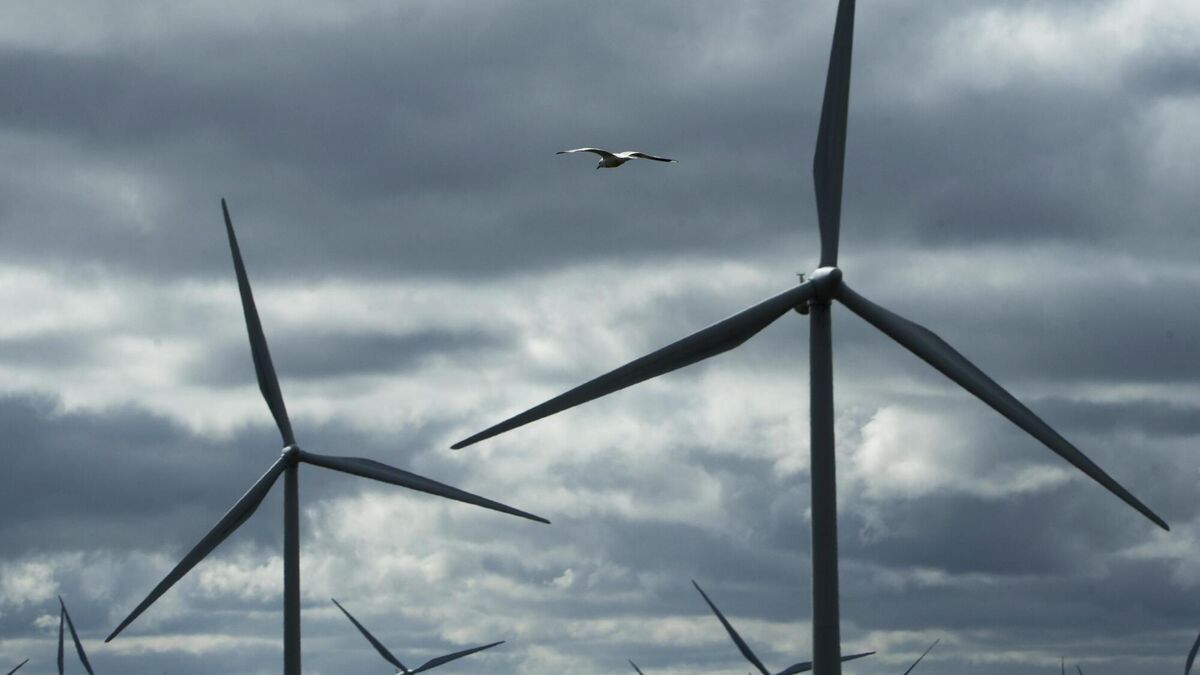Increased Contribution of Wind Energy in Ireland
In June, the share of electricity demand met by wind farms in Ireland increased slightly, reaching 30%. This growth highlights the ongoing importance of renewable energy sources in meeting the country’s power needs. According to the monthly report from Wind Energy Ireland, the overall electricity demand for the month rose marginally from 3,019 gigawatt-hours (GWh) to 3,151 GWh compared to the same period last year.
Noel Cunniffe, CEO of Wind Energy Ireland, emphasized that wind energy provided nearly a third of Ireland’s electricity during the first half of 2025. He noted that June was particularly strong for renewable energy generation, with wind farms producing 939 GWh of electricity—up from 771 GWh in June of the previous year. This increase underscores the growing role of wind energy in Ireland’s energy mix.
Cunniffe also highlighted the potential benefits of accelerating the development of new wind and solar farms. He stated that this could help reduce reliance on imported fossil fuels and ultimately lead to lower energy costs for consumers. “Every time a wind turbine or a set of solar panels is generating electricity, it is pushing down wholesale electricity prices and increasing our supply of clean energy,” he said.
Declining Electricity Prices and Cost Variations
The report revealed that the average wholesale price of electricity per megawatt hour dropped for the fifth consecutive month, reaching €95.21. This marks the first time this year that average wholesale prices have fallen below €100 and represents the lowest level since April 2024. The decline in prices is attributed to increased renewable energy generation, particularly from wind farms.
However, the cost of electricity varied significantly depending on the energy source used. On days with the most wind power, the average cost of a megawatt-hour was €67.15. In contrast, on days when fossil fuels were almost entirely relied upon, the cost surged to €115.06. Cunniffe stressed the importance of affordability for Irish families and businesses, noting that renewable energy plays a crucial role in keeping prices stable.
Regional Contributions and Economic Impact
According to data from Green Collective, Kerry wind farms produced the most electricity in June, generating 105 GWh—approximately 11% of the country’s total wind energy. This was followed by Cork with 83 GWh, Mayo with 65 GWh, Galway with 64 GWh, and Offaly with 61 GWh.
Cunniffe pointed out that wind farms in Kerry, Cork, and Mayo contributed significantly to Ireland’s energy independence last year. These facilities helped the country save over €1.2 billion on gas spending. Instead of importing large amounts of gas, wind farms ensured that money remained within the country, supporting local workers and businesses.
Future Goals and Commitment
To meet the demands of a growing economy, Cunniffe called for faster development of new wind farms. He expressed the organization’s commitment to working closely with the government to achieve this goal. By expanding renewable energy infrastructure, Ireland can continue to reduce its dependence on fossil fuels while promoting economic growth and energy security.







